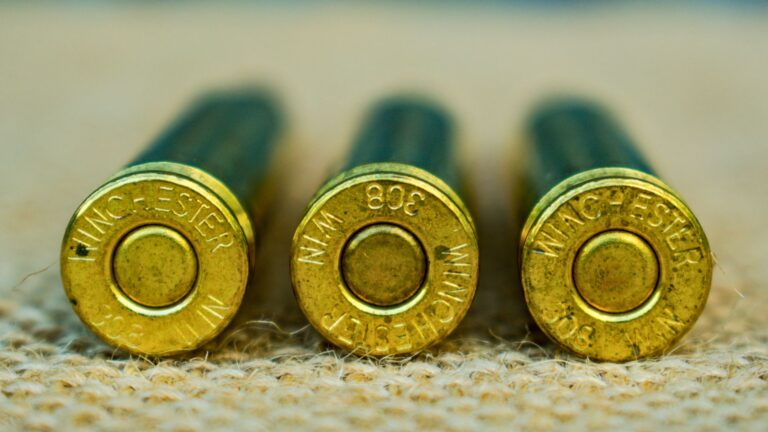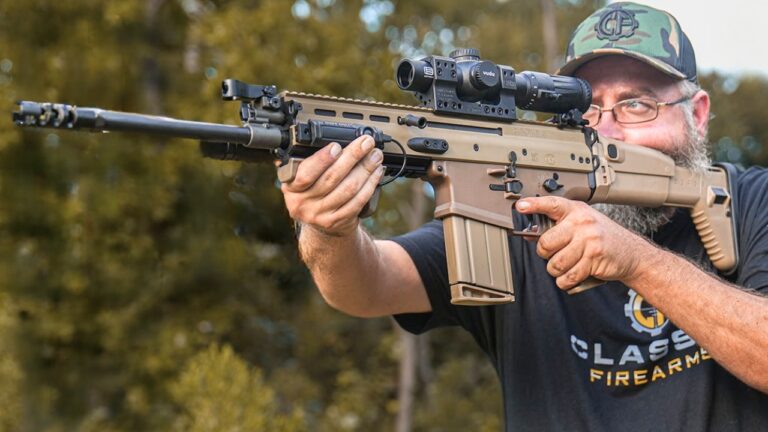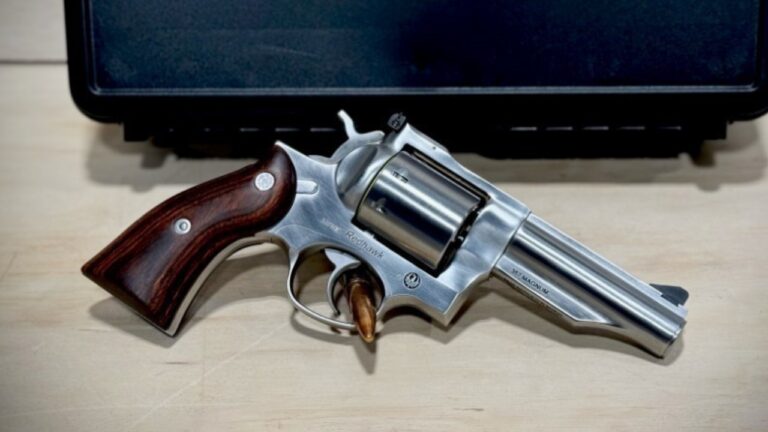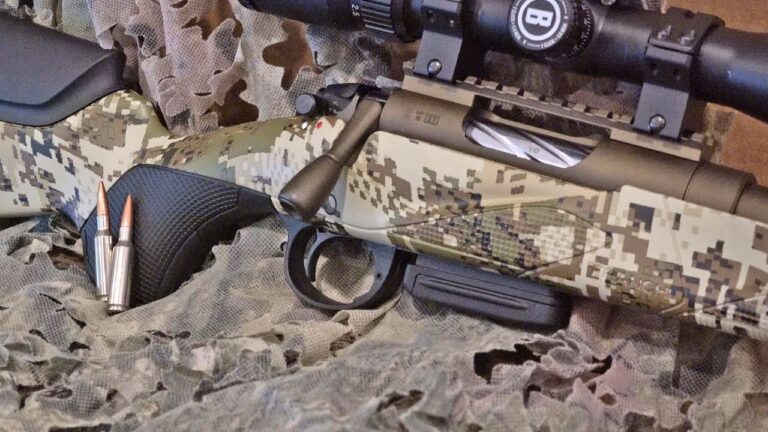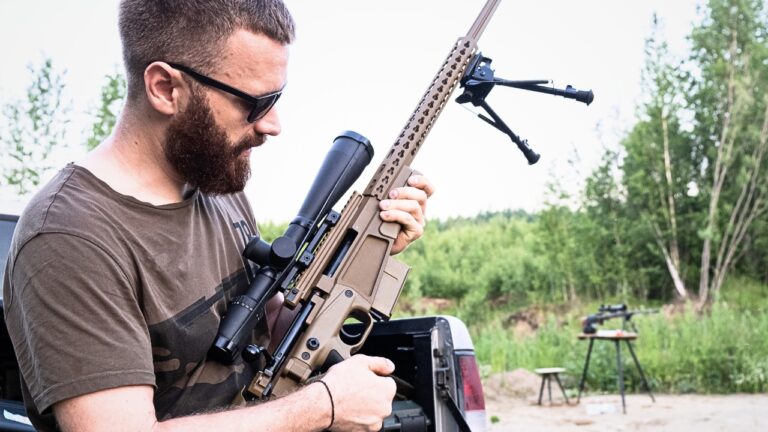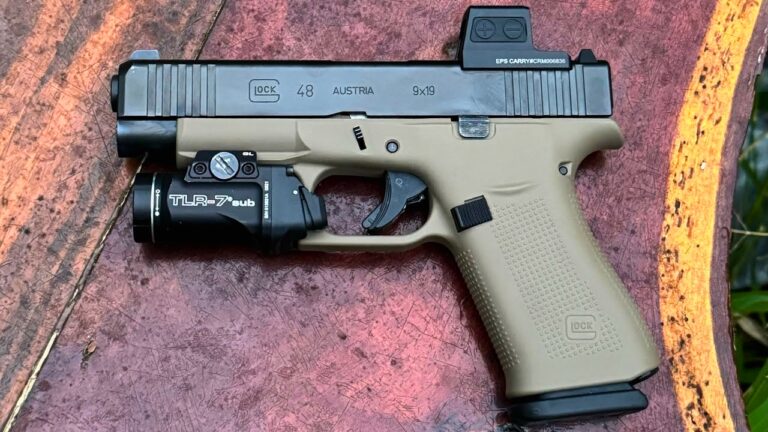You’ve probably shot both. Maybe you’ve carried one or trained with the other. The Sig P320 and Glock 17 are two of the most popular full-size striker-fired pistols on the planet, and for good reason. They both work. They both shoot well. But when you put them side by side, the differences start showing fast. One leans modular and modern, the other thrives on consistency and simplicity. Both have die-hard fans who swear by them. The truth is, the better gun depends on what you want out of it—and what you’re willing to trade to get there.
The grip and feel tell you everything
The first thing you notice between these two is the grip angle and frame shape. The Glock 17 feels blocky, squared off, and upright. The P320 fills the hand more naturally for most shooters, with a grip that mimics the angle of classic service pistols. If you grew up on 1911s or M9s, the Sig feels more familiar. Glock fans love that consistent grip because it trains the same way across every model. The P320’s removable fire control unit lets you swap grip modules to match your hands, which is a big advantage for fit. It’s comfort versus consistency, depending on what matters more to you.
Trigger feel favors the Sig, but not by much
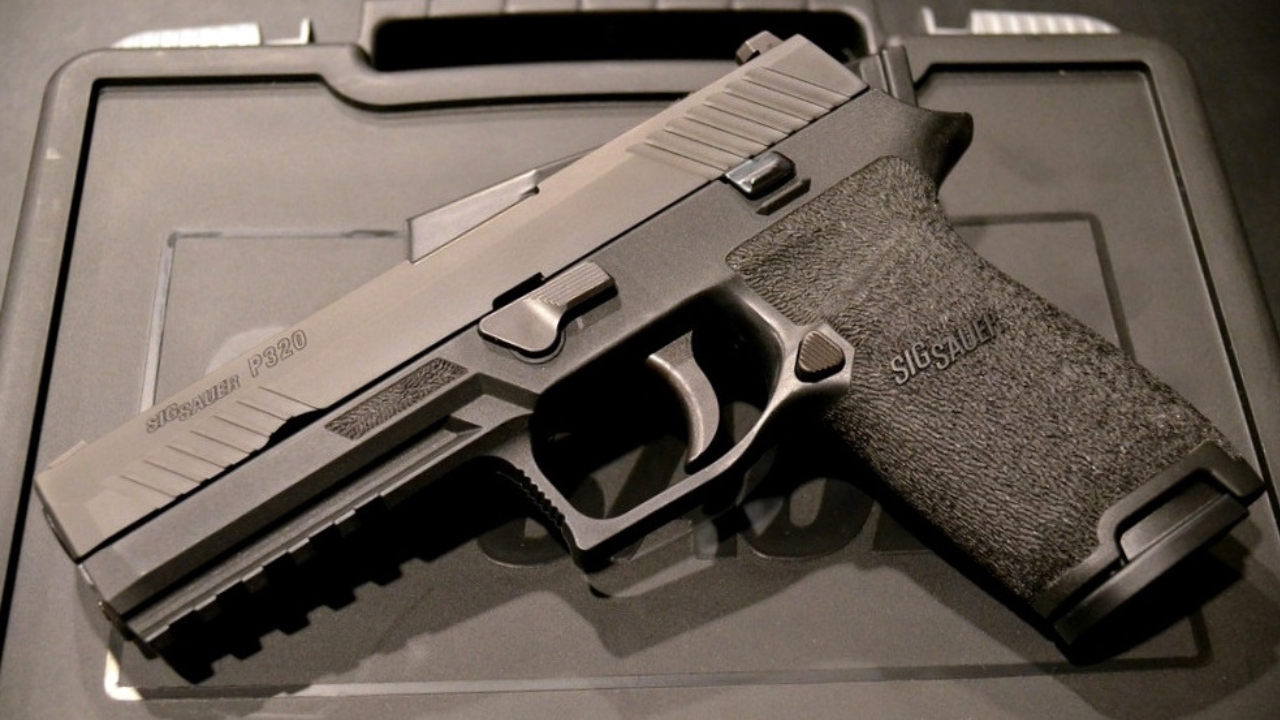
The Glock 17’s trigger is predictable. It’s not great, but you know exactly what it’ll do—short take-up, solid wall, clean break. The Sig P320 trigger feels smoother overall. It has a little less travel, a bit lighter pull, and a faster reset. For shooters who live on split times and accuracy drills, that can make a noticeable difference. But if you’re already used to Glock’s break, the advantage narrows. Both are good service triggers, and both get better with time behind them. The Sig might win this one on paper, but Glock’s muscle memory is what makes it so forgiving in the real world.
Glock’s reliability is still the benchmark
There’s a reason every new striker-fired pistol gets compared to a Glock. It’s not fancy, but it runs. Mud, sand, carbon, weak ammo—it doesn’t care. The P320 is reliable too, but it hasn’t been around as long or seen the same abuse in the field. The Army adopted it for a reason, and it’s proving itself well, but Glock’s decades-long reputation still stands taller. The 17 has been through more police agencies and more environments than almost any pistol made. If you want the one with the most history of working under pressure, the Glock still owns that category.
The P320’s modularity gives it more flexibility
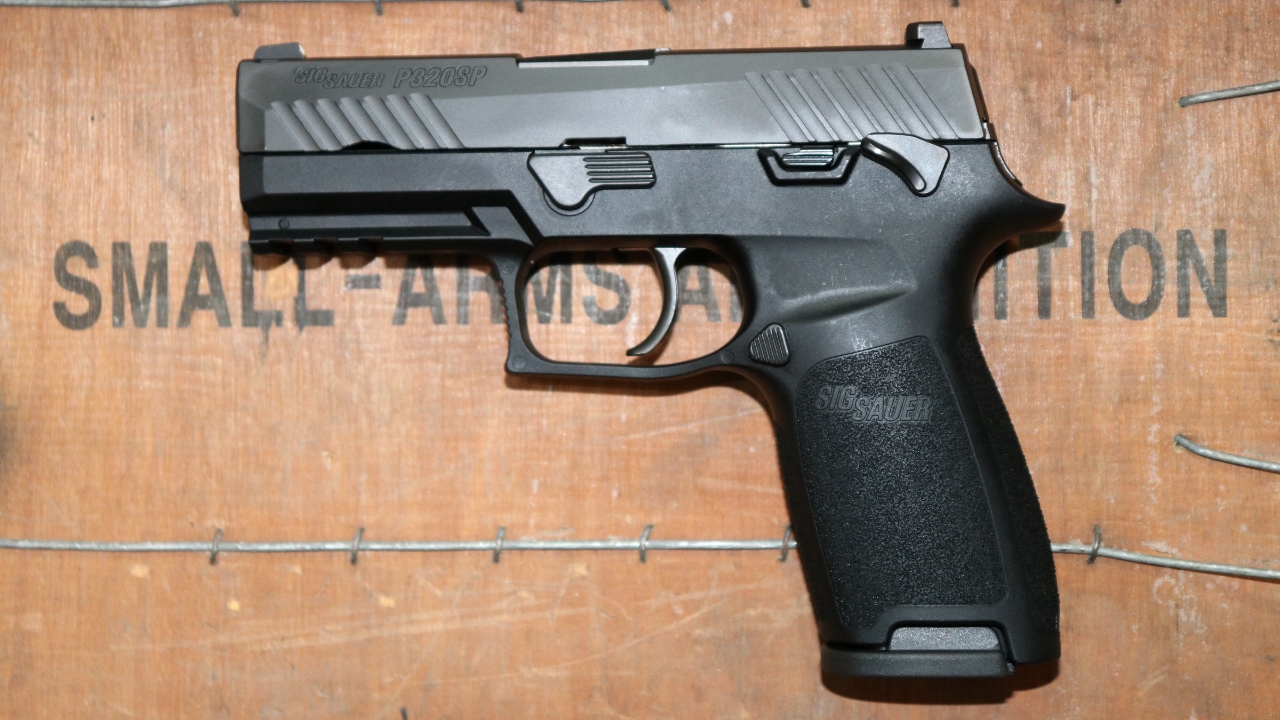
This is where the P320 separates itself. The serialized fire control unit is the “gun,” meaning you can drop it into full-size, compact, or subcompact grip modules and slides. That lets you tailor your setup without buying a whole new pistol. Glock can’t match that level of modularity. Sure, you can change slides or frames with aftermarket parts, but it’s not as clean or supported. The P320’s design makes it easier to adjust for role, fit, and caliber. If you want one pistol that can play multiple parts, the Sig’s architecture gives you more options without adding more guns to the safe.
Ergonomics and control placement lean toward the Sig
Controls on the P320 fall naturally under the hand. The mag release is larger, the slide stop is ambidextrous, and the contours flow smoother. Glocks work fine, but they make you adapt to the gun instead of the other way around. For smaller hands or left-handed shooters, the P320 tends to fit better right out of the box. The Glock’s simplicity pays off in muscle memory, though. Nothing sticks out, nothing snags, and once you learn its quirks, it becomes second nature. The Sig gives you comfort and access. The Glock gives you the same controls you’ve known for decades.
Glock still wins on parts, price, and support
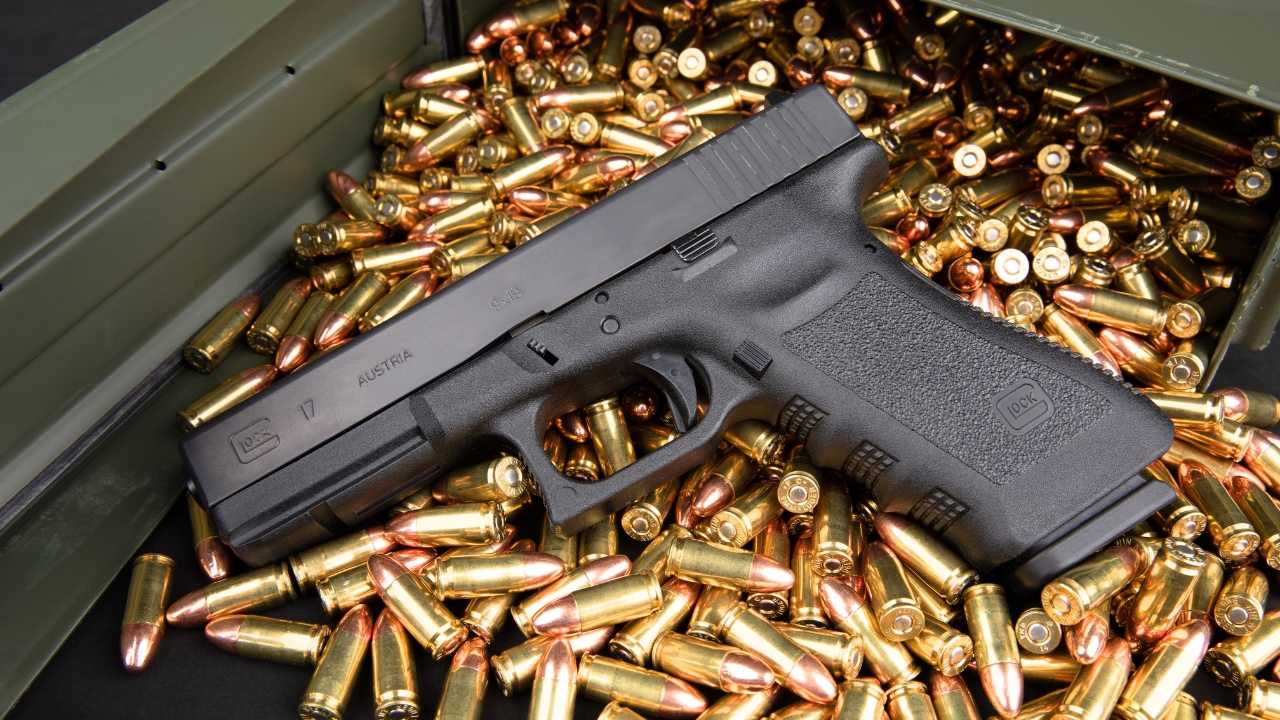
You can walk into almost any gun shop in America and find Glock parts, holsters, and mags. That kind of availability matters. The P320 has caught up a lot, but Glock still dominates in aftermarket support. Magazines are cheaper, small parts are everywhere, and armorers know the platform inside and out. The P320 will cost you a little more long-term if you want to customize or stock up on extras. Both are solid investments, but Glock’s been the standard for so long that it’s still easier to support on a budget. You’ll never be stuck waiting on parts.
Accuracy and shootability go to the Sig
The P320 tends to shoot flatter for most people. Between the lower bore axis and smoother trigger pull, it recovers faster shot to shot. The Glock 17 is accurate too, but its recoil impulse feels a little sharper. It’s nothing dramatic—just enough to notice when you’re pushing speed. At distance, both guns will hold center mass easily, but the Sig’s trigger control and balance make precision shooting feel a little easier. The difference isn’t night and day, but if you spend time on drills past 25 yards, you’ll probably shoot the Sig tighter. It’s a smoother-shooting pistol overall.
You’ll pick the one that fits your habits
After a few hundred rounds, the decision usually makes itself. If you value adaptability, comfort, and smoother shooting, the Sig P320 will probably win you over. If you want a platform that’s simpler, tougher, and backed by decades of proven reliability, you’ll stick with the Glock 17. Both have real-world credibility. Both perform at a level that most shooters will never outgrow. The real difference comes down to how you shoot and what you trust. You can’t make a bad choice between them—but you’ll know which one belongs in your holster the moment you start training with it.
Like The Avid Outdoorsman’s content? Be sure to follow us.
Here’s more from us:
Calibers That Shouldn’t Even Be On the Shelf Anymore
Rifles That Shouldn’t Be Trusted Past 100 Yards
*This article was developed with AI-powered tools and has been carefully reviewed by our editors.

